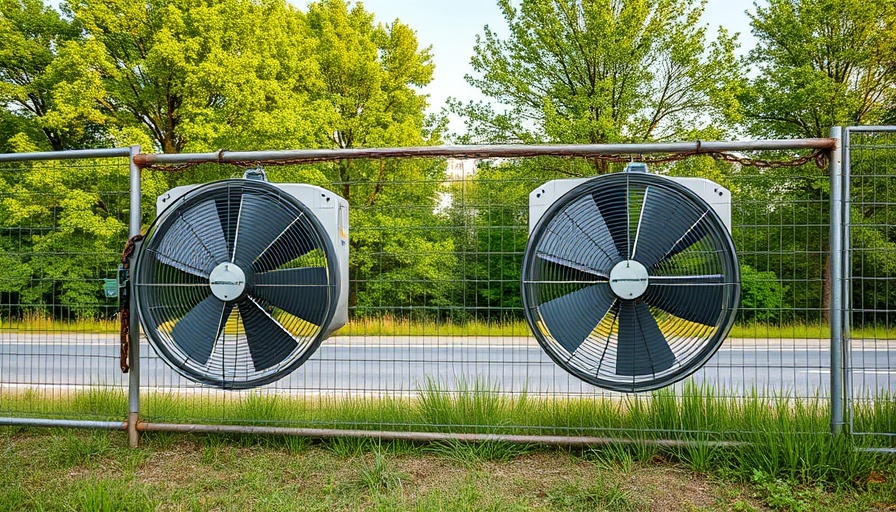
Understanding Algal Blooms: What They Are and Why They Matter
As the summer heat intensifies, so does the risk of algal blooms in our water systems. Algal blooms, especially those of the blue-green variety, can produce toxins harmful to humans and animals alike. These blooms thrive in warm, nutrient-rich waters and can give water a green or blue tint. According to the National Oceanic and Atmospheric Administration (NOAA), these blooms can persist for months, posing ongoing risks to public health.
What’s Happening at Lake Norman This July Fourth?
In light of recent developments, officials in Charlotte, NC, are sounding the alarm as an ongoing algal bloom at Lake Norman has raised health concerns. Residents and visitors are advised to steer clear of discolored waters, particularly in Catawba, Iredell, Lincoln, and Mecklenburg counties. Health experts emphasize the importance of avoiding contact with water that appears green or blue, as these colors indicate potential toxicity.
The Health Risks: What You Need to Know
The implications of coming into contact with or swallowing water contaminated with cyanobacteria are serious. These organisms, if ingested, can lead to a range of health issues including skin rashes, gastrointestinal problems, and even neurological effects in extreme cases. For children, seniors, and those with compromised immune systems, the risk is even greater, highlighting why this safety warning is particularly crucial for families.
Actions You Can Take to Stay Safe
To ensure your safety this Independence Day, consider these actionable tips. First, educate yourself about the signs of algal blooms. Look for discolored water, scum on the surface, or odd odors. Second, monitor local alerts from health officials about water quality in Lake Norman. Lastly, if you suspect you’ve had contact with contaminated water, seek medical advice immediately and report your concerns to local health authorities.
Community Wellness: Supporting Each Other
As a community, Charlotte needs to stay informed and proactive. Attend local health forums and engage with public health initiatives focused on safe recreational water use. Consider spreading the word about these harmful blooms to family and friends; shared information can be a powerful tool in ensuring everyone’s safety.
The Future of Lake Norman’s Water Quality
Addressing the ongoing issue of algal blooms requires a community effort and continued monitoring of environmental conditions. Residents can also advocate for cleaner runoff into lakes by being mindful of how fertilizers and waste impact water quality.
Conclusion: A Collective Responsibility
As we head into a holiday weekend filled with celebrations on Lake Norman, let’s prioritize safety and health. Keep these guidelines in mind, ensure your family stays informed, and frequently check for updates from local health officials. By working together, we can enjoy our cherished community spaces without compromising our health.
 Add Row
Add Row  Add
Add 




 Add Row
Add Row  Add
Add 

Write A Comment